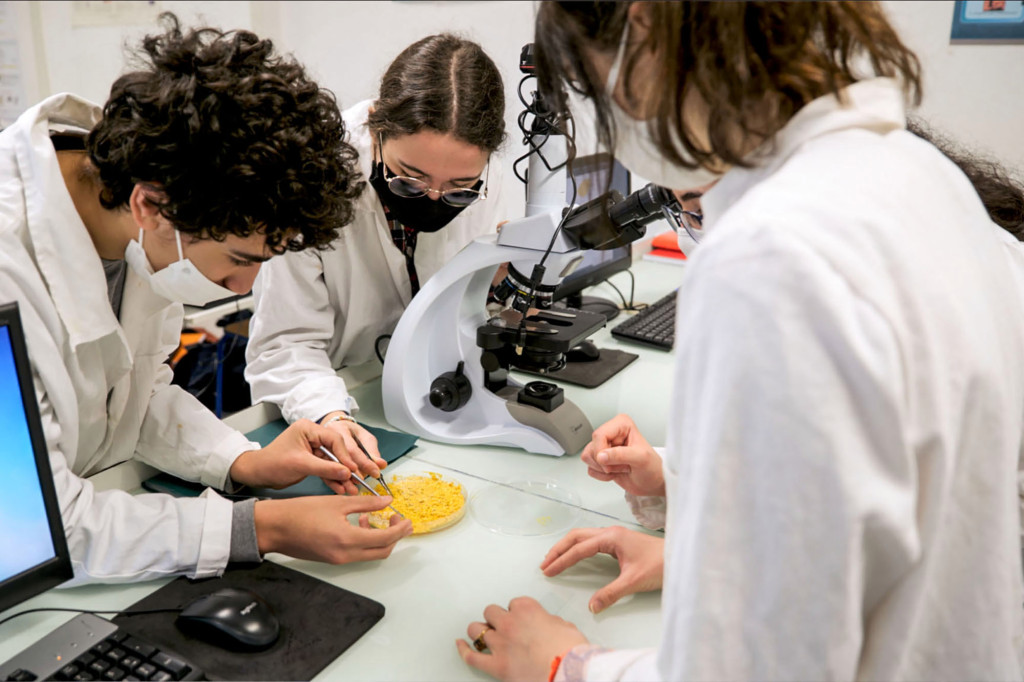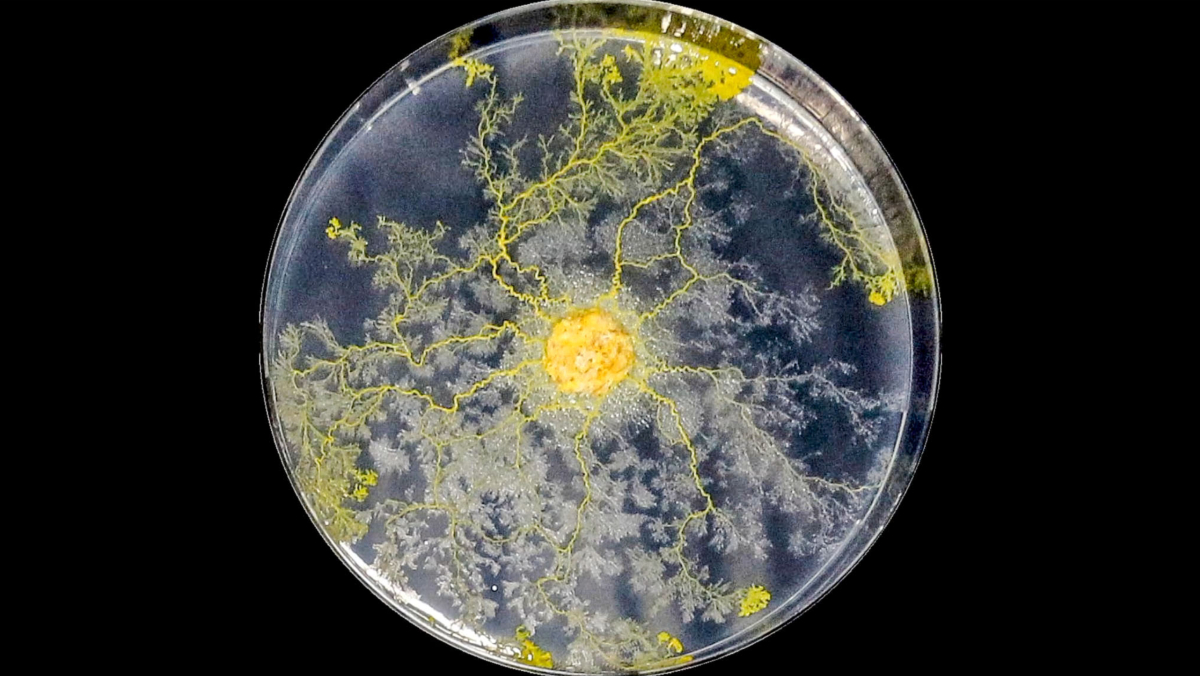A single-cell organism is helping astronomers and school kids alike to understand space. The Blob, formally known as Physarum polycephalum, is a type of single-cell slime mold that has fascinated scientists for years. It can heal itself, smell and find food, and even solve mazes. It also has more than 700 sexes. Now, it has gone to space.


Astrophysicists and computer scientists used slime mold behavior to create an algorithm that can simulate the growth of dark matter filaments in the universe. They then took their trained AI and applied it to real data for over 37,000 galaxies. The algorithm was able to produce a three-dimensional map of the underlying cosmic network that astrophysicists hope to use in the future to model how distant galaxies interact. The results were published in The Astrophysical Journal Letters.
“It’s quite amazing to see that the virtual slime mold gives you a very close approximation in just minutes,” said Oskar Elek, a computational media scientist at UC Santa Cruz who worked on the project, in a statement. “You can literally watch it grow.”
To read the rest of the article visit Popular Science.
Do you have concerns about your own residence, school, or business? For more information, or to schedule a Mold Inspection, Lead-Based Paint Inspection, Radon or Asbestos Inspection in Santa Clarita, the Antelope Valley, Ventura County, or Greater Los Angeles area you can submit an online request, call us (661) 219-5160 or email request to [email protected]
About Mailman Environmental
Mailman Environmental is Southern California’s leading consultant for indoor air quality testing, asbestos, mold, lead, VOCs, formaldehyde, soot, char, ash, and smoke damage, particulates, and other chemicals. Mailman Environmental and it’s contractors and vendors maintain an extensive list of certifications and accreditations from the State of California, Department of Public Health, and numerous professional organizations. Mailman Environmental proudly serves all of Southern California including Santa Clarita, Antelope Valley including Palmdale and Lancaster, Ventura County, San Fernando Valley, and the Greater Los Angeles area.
Sources:
https://www.popsci.com/space/nasa-sends-the-blob-to-space/
